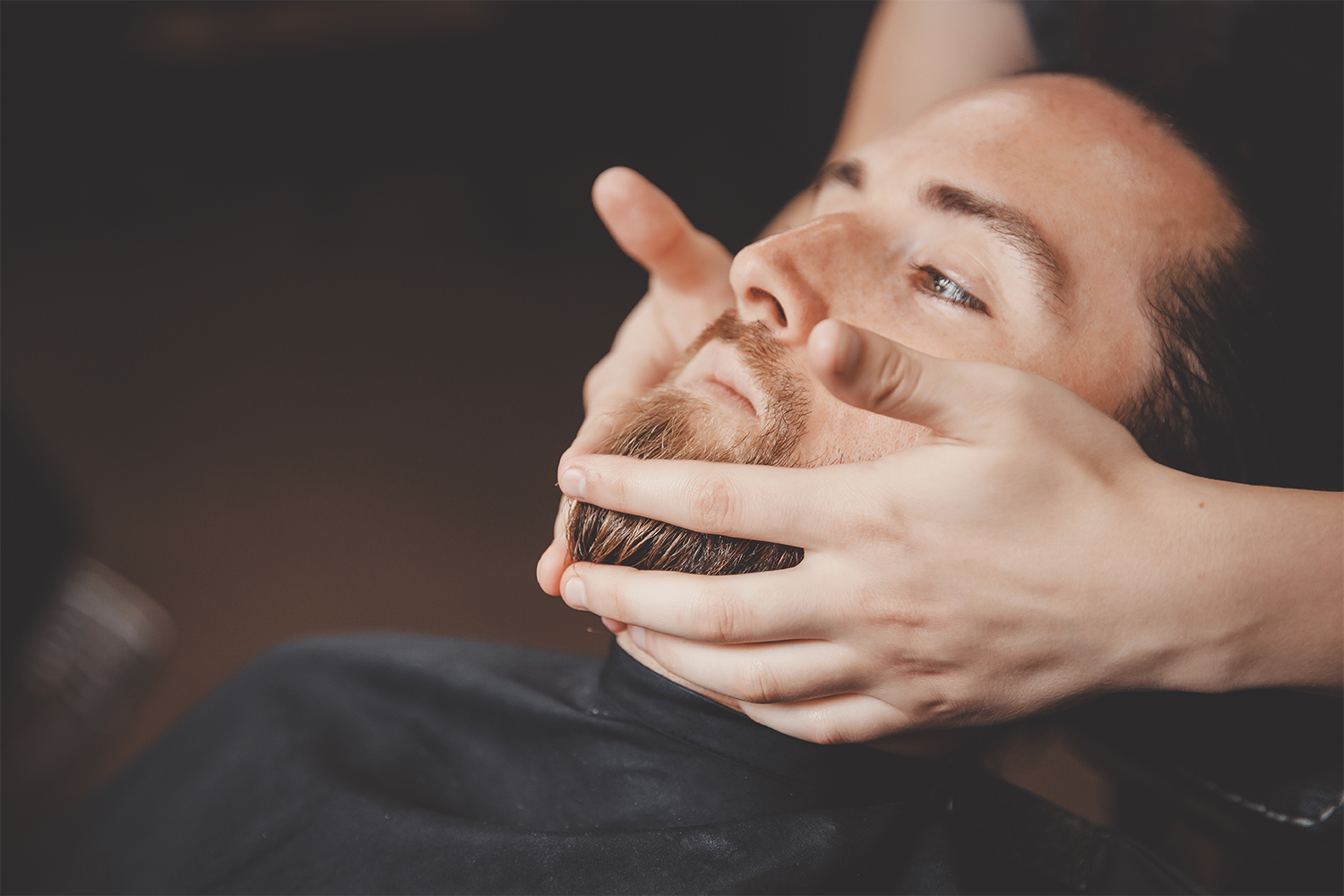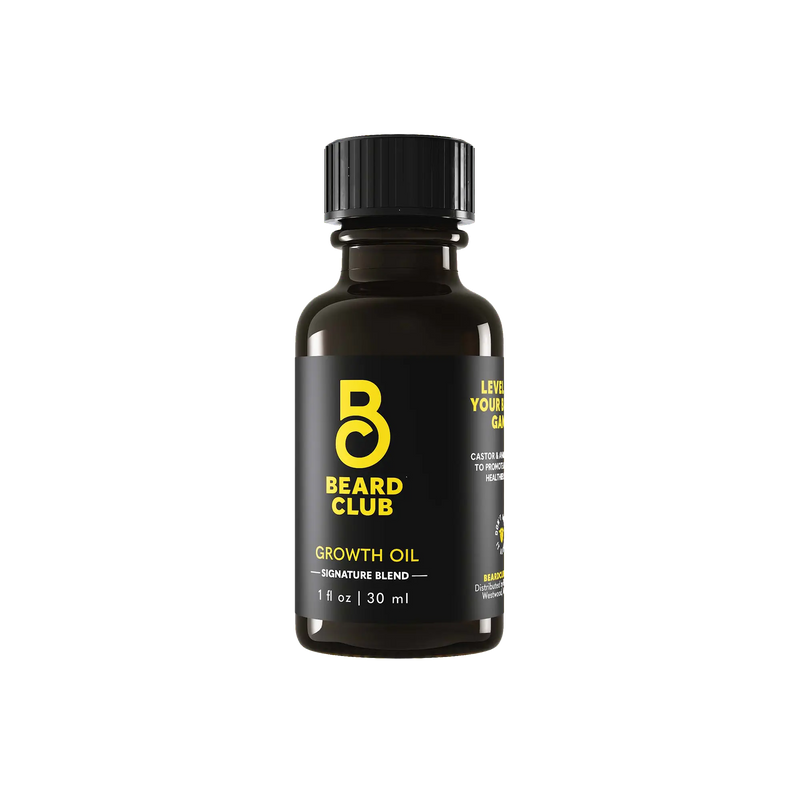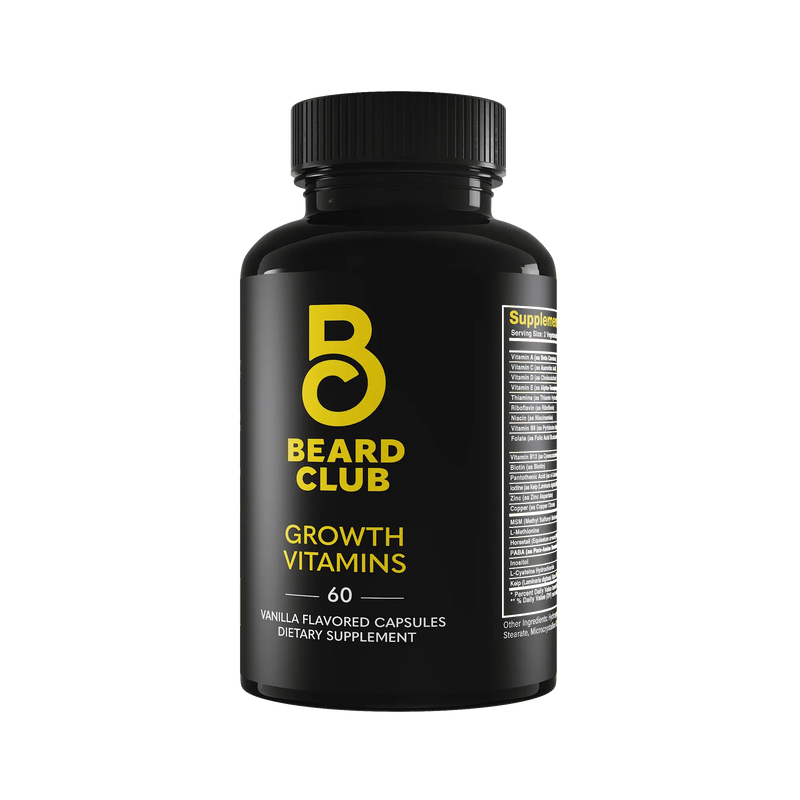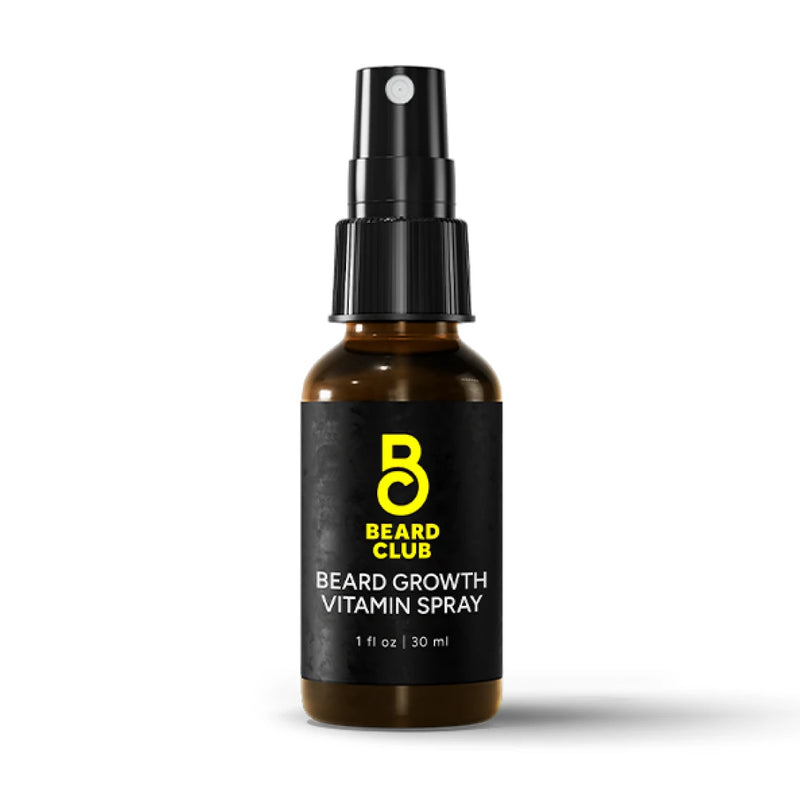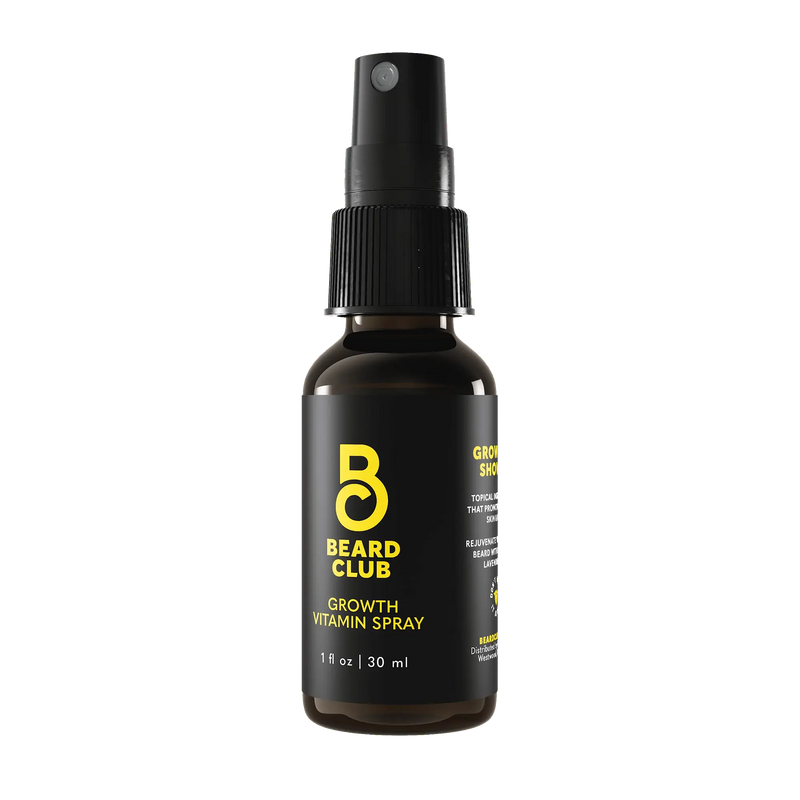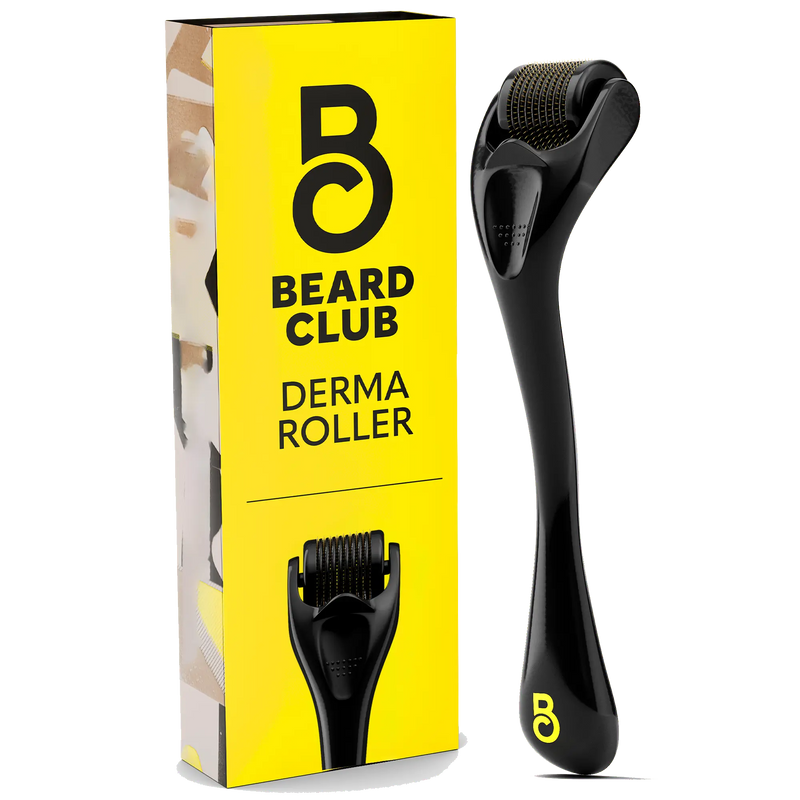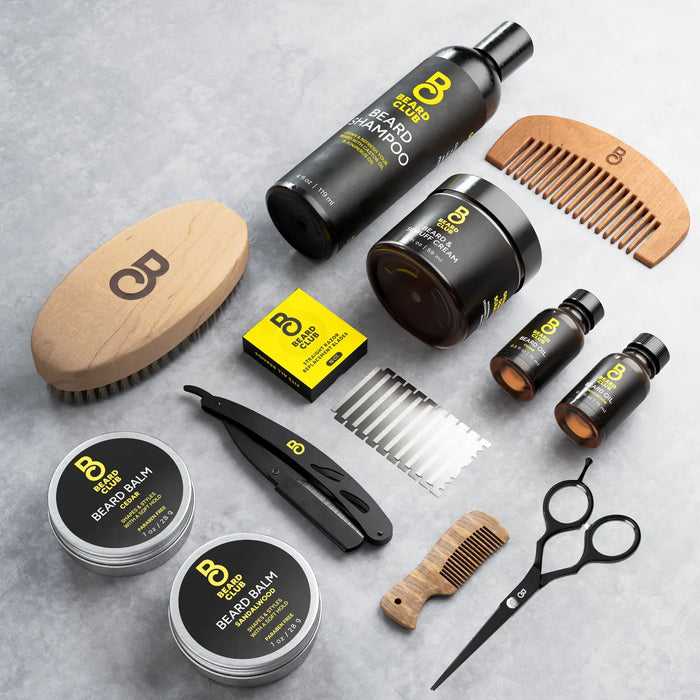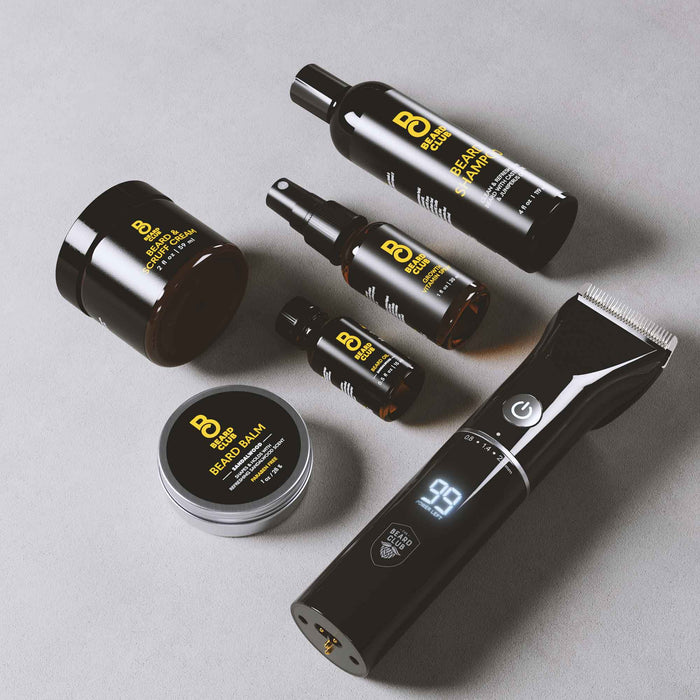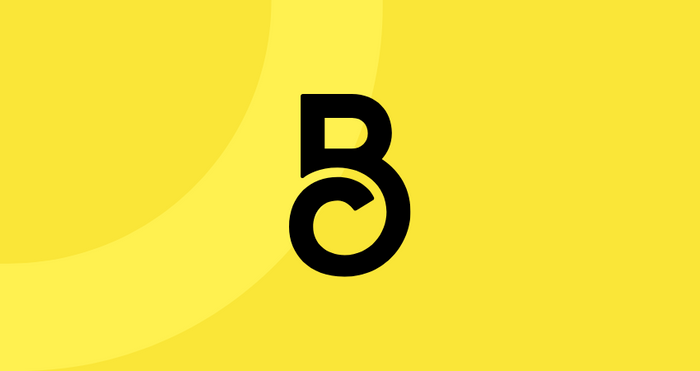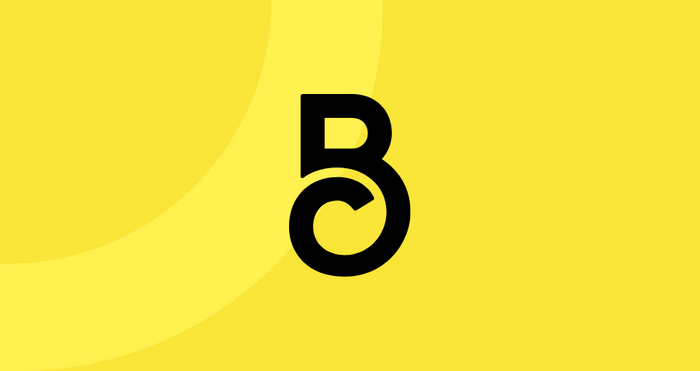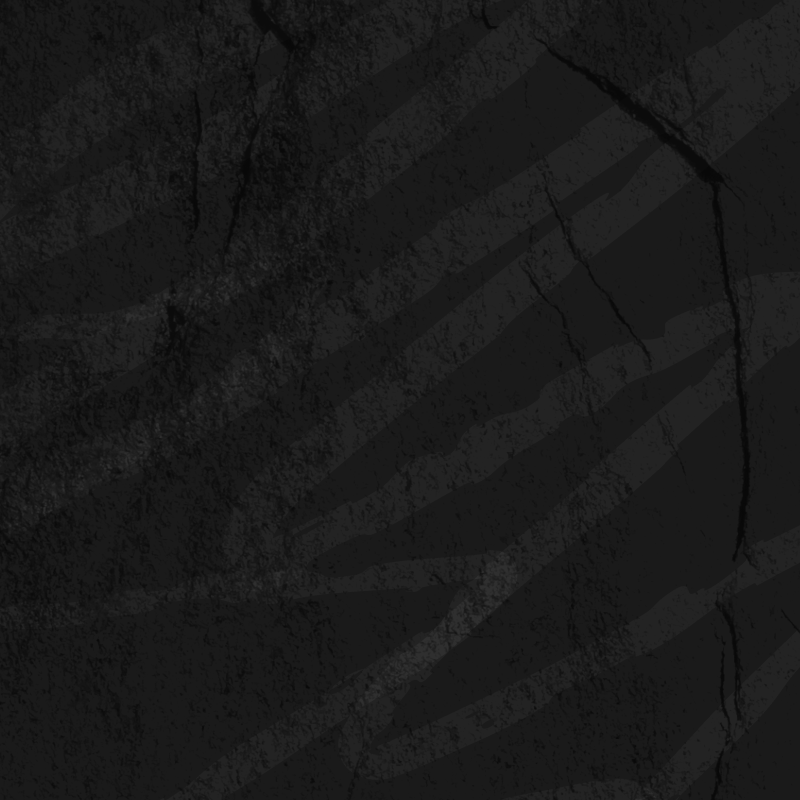How Long Does It Take To Grow a Beard Stage by Stage
Growing a beard is a marathon, not a sprint. Whether you're aiming for rugged stubble or a full Viking beard, understanding the stages of beard growth can help you set realistic expectations and appreciate the process.
In this guide, we’ll break down the stages of beard growth, highlight the timeline for each phase, and provide some tips to make the most of your beard growth journey. We’ll also look into teenage beard growth and what young men can expect during their early facial hair years.
Stage 1: The Clean-Shaven Beginning (Week 0)
Every beard journey starts with a clean slate. From shaving off an old beard to starting one for the first time, this is the point where your skin is fully exposed.
At this stage, you might not notice much happening, but beneath the surface, your hair follicles are gearing up for growth.
What To Do in This Stage
During this stage, exfoliate and cleanse your skin to lay the groundwork for a healthy beard. Additionally, start moisturizing your skin to prevent dryness and itchiness as the beard hair begins to emerge. This phase lasts about a week before noticeable stubble starts to appear.
Consider investing in a high-quality beard growth kit that includes a growth-stimulating serum, nourishing beard oil, and a biotin supplement—these kits help kick-start follicle activation and keep skin healthy.
Stage 2: Stubble and Early Growth (Weeks 1-4)
This is when things start getting interesting. Around the one-week mark, you’ll notice stubble covering your face and maybe even the early stages of a patchy beard. By the end of the first month, this stubble will begin transitioning into a true short beard.
During this stage, many men experience itchiness and some dandruff if their new hair irritates their skin.
How To Manage Itchiness During Early Facial Hair Growth
Use a high-quality beard oil to soothe your skin and soften your hair. Avoid scratching, as this can cause irritation and even damage your skin.
By the end of this phase, most men will have noticeable beard coverage, though patchiness might still be present.
Stage 3: The Patchy Phase (Months 1-3)
For most men, the second and third months of beard growth come with some challenges. Hair growth may appear uneven, with some areas filling in faster than others. This growth phase is perfectly normal, but it’s often a test of patience.
What To Do in This Stage
Avoid trimming too much as part of your beard care routine, even if the patchiness frustrates you. Additionally, continue using beard oil to keep your facial hair looking and feeling its best. You can also introduce a beard comb into your routine to train your hair to grow in the desired direction.
Boost your results with a quality beard growth kit that typically includes a follicle-stimulating serum, nutrient-rich beard oil, and biotin supplements to support thicker, more even coverage.
Remember, be patient! This phase can feel awkward, but with proper care and a little discipline, patches often start to fill in.
Stage 4: The Developing Beard (Months 3-6)
By the three-month mark, your beard will start taking on a more defined shape. Patchy areas may fill in as your facial hair grows longer, and you’ll start to notice your beard’s natural thickness and texture. This stage is often a turning point for many men as they start to achieve the beard style they were aiming for.
Styling and Beard Grooming Tips
Begin shaping your beard by defining your neckline and cheeklines. Use a beard balm to reduce frizz and a beard wash two to three times a week to keep it clean and healthy.
This is the moment you’ve been waiting for — the point where your beard transitions from "scruffy" to "intentional."
Stage 5: The Full Beard (Months 6-12)
Reaching the six-month mark is a major milestone. By now, your beard should be full, thick, and well-defined. If your goal is a longer beard, this stage is all about maintenance and patience as you let the length build.
How To Maintain a Full Beard
Regular trims are essential to maintain your shape and remove split ends. You’ll also want to condition your beard weekly with beard butter or a hydrating mask.
Additionally, brush your beard daily using a specialized beard brush, such as one with boar bristles, to prevent tangles, avoid beard itch, and evenly distribute natural oils.
At this stage, you’ve likely achieved that full-beard look. But for those aiming to bring more of a Gandalf vibe to the function, the journey continues.
Stage 6: The Epic Beard (1 Year or More)
The one-year mark is just the beginning for men committed to growing a truly long beard. After a year of growth, you’ll enter a stage where beard length becomes the defining factor. Depending on your genetics, your beard may grow indefinitely or reach a natural terminal length.
Advanced Beard Care
Use a wide-tooth comb to manage tangles in longer beards. Sculpt the ends with a beard trimmer to maintain a neat appearance while preserving length. As always, apply beard oil and balm consistently to keep things soft and manageable.
Your personal preference will define this stage — whether you keep growing or maintain a signature look is up to you.
What Are the Stages of Teenage Beard Growth?
For younger fellas first starting their facial hair journeys, the timeline and process can look a little different. Beard growth during adolescence is influenced by hormonal changes, particularly testosterone production.
Stage 1: Peach Fuzz (Ages 13-15)
Most boys start with light, thin hair that resembles peach fuzz. This hair is often patchy and sparse, appearing on the upper lip, chin, and sideburns.
Stage 2: Early Growth (Ages 15-18)
As testosterone levels increase, facial hair starts to thicken. However, growth may still be uneven, with some areas developing faster than others. It’s common for teens to experience more patchiness during this stage.
Stage 3: Developing Beards (Ages 18-20)
By late adolescence, facial hair often becomes darker and thicker. Some teens may achieve a full beard look by their late teens, while others may continue to see changes into their early 20s.
What Factors Affect Beard Growth?
Not all beards grow the same way, and there’s a good reason for that. A mix of genetics, age, hormones, lifestyle, and skincare affects growth patterns.
Genetics
Genetics are the biggest player here — they determine how dense, thick, or patchy sections of your beard, like your goatee and cheeks, will be.
Age
Age is another factor. As you get older, your beard usually grows thicker and fuller, often hitting its peak in your late 20s or early 30s.
Hormones
Then, there are hormones, like testosterone and DHT (dihydrotestosterone), which can make a big difference. Higher levels usually mean faster and thicker growth.
Lifestyle
It’s not all biology, though — your lifestyle matters, too. Eating right, staying active, and getting enough sleep can all support your beard growth rate by keeping your body running smoothly and delivering the nutrients your hair follicles need.
Skincare
Finally, healthy, exfoliated, and moisturized skin creates the perfect environment for your beard to grow without obstacles like dryness or clogged pores holding it back.
How To Encourage Beard Growth
Sure, you can’t change your DNA, but there are plenty of things you can do to give your beard its best shot at growing fast and thick.
Diet
Start with your diet — load up on foods rich in biotin, zinc, and protein, as these nutrients are key for a healthy hair growth cycle.
Exercise
Next, make exercise a priority. A good workout routine improves blood flow, which helps get more oxygen and nutrients to your follicles.
Sleep
Don’t underestimate the power of sleep, either! Quality rest is when your body repairs itself, and that includes your beard.
Use the Right Products
Finally, take advantage of beard-specific products. Growth oils and supplements are designed to give your hair and skin a helping hand, allowing you to cultivate the right conditions for your beard to thrive.
Grow the Beard of Your Dreams
Growing a beard takes time, patience, and care. By understanding the stages of beard growth and tailoring your routine to each phase, you can make the journey more enjoyable and become the beardsman you’ve always dreamt of being.
As always, for more beard care advice and awesome grooming products, The Beard Club is the place to be.
Sources:
Beard Dandruff: What Causes It and How to Get Rid of It
DHT (Dihydrotestosterone): What It Is, Side Effects & Levels | Cleveland Clinic
